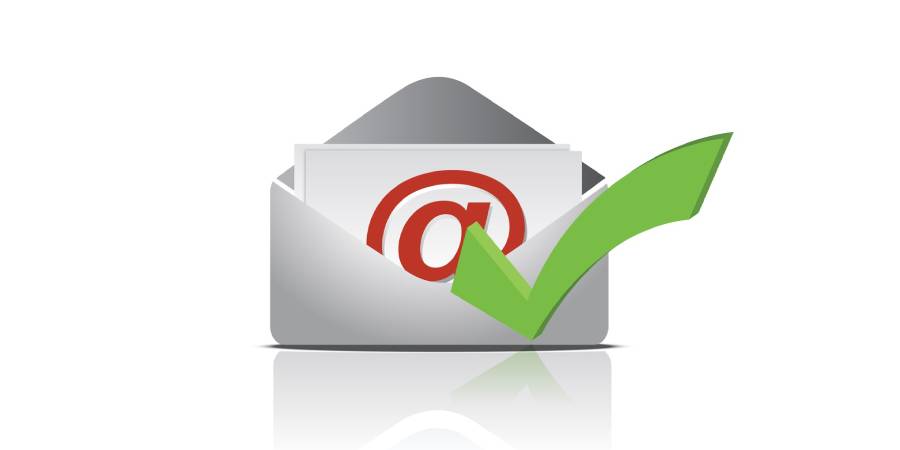
With over 333 billion emails sent and received daily, leveraging email marketing can grow your bottom line exponentially, yielding up to a whopping 4,500% ROI for the retail, e-commerce, and consumer goods industries.
There’s a caveat, though. You must maintain a clean mailing list, avoiding spam traps and low-quality email addresses such as accept-all, disposable, and incorrect emails. Otherwise, all ensuing consequences will inevitably damage your reputation and brand image.
The good news, though, is that today’s tools for email verification – EmailOversight, Respona, ZeroBounce, NeverBounce, and more from MailCon – can easily ensure hygiene for all types of email lists. Whether a promotional, welcome, or cart abandonment email, it takes seconds to get your subscribers verified and categorised when utilising an email verification system.
But that’s not all. In addition to immediate benefits – sending the right message to the right people at the right time – email verification has crucial long-standing benefits, such as improving deliverability, customer engagement, compliance, and more.
Read on to learn how email verification can help your business in the long run.
Types of Verified Emails
Email is 40 times more effective at acquiring customers than Facebook and Twitter combined, but this only applies to high-quality emails that have been validated.
The result of a typical verification cheque – note that the verification process doesn’t involve sending an email – is that an email address receives one of the following statuses:
- Safe to send – ready for outreach
- Accept-all (catch-all) – unverifiable email that may not be valid
- Disposable – temporary email that may expire soon
- Service – email used for order confirmation, order updates, feedback requests, etc.
- Role-based – email assigned to a job title rather than a person
- Invalid – email address that doesn’t meet email format standards or does not exist in the recipient’s mail server
- Spam trap – email used by major ISPs and blacklist operators to identify senders that do not comply with proper email practises
After your subscribers are categorised, you can sieve out dubious email addresses and update your subscriber list.
Use Email Verification To Improve Your Business Across the Board
Verified recipients are eager to receive emails – for example, around half of customers are likely to opt to receive promotional emails from their favourite brands weekly – making email verification crucial for long-term business success.
Here’s how email verification can improve your business:
- Data accuracy. The better you know your prospects, the more leads you can convert. Having your subscriber list verified can help you determine whether you are on the right track with your data collection. As your customers subscribe from different channels – your website, social media, third-party sources, etc. – you can evaluate the performance of those channels and adjust your email marketing efforts accordingly.
- Deliverability. A verification system will help you identify active and inactive addresses, so you can decide whether to include or exclude a particular recipient from your email outreach. This data-driven approach will likely decrease your bounce rate by 2% or less.
- Content quality. As you sieve out low-quality email addresses, you also save resources for improved targeting. When you know all your emails will be delivered and likely opened, it’s much easier to allocate extra time and money for tailor-made content that takes into account the recipient’s demographics, psychographics, and every other bit of personal data you have collected.
- Spam complaints. The higher the quality and relevance of your emails, the lower the complaint rate. Verified subscribers and in-depth segmentation will allow you to reach the desired complaint rate of 0.1% or better.
- Automation. You can’t afford irrelevant and invalid emails when you send hundreds and thousands of emails. As much as automation can save your resources, it can also ruin your reputation in a blink.
- Reputation. Your Inbox Service Provider (ISP) consistently assesses your quality as an email sender. Bad email sender reputation – a score based on your open rates, clickthrough rates, bounce rates, and multiple other email marketing parameters – can block your emails from recipient inboxes or redirect them to the spam folder. Having your emails verified will ensure you avoid unsolicited emails and thus raise your email sender reputation score to the desired score of 90 or more.
- Fines. In extreme cases – if the quality of your emails and email lists is too low and affects the deliverability of other senders – your email service provider (ESP) may require you to pay for the damages. You can avoid this by maintaining a clean email subscriber list. Likewise, sending solicited emails is mandatory with GDPR, CCPA, and other email marketing regulations currently enforced or soon to take effect.
At the end of the day, though, email marketing is about growing your bottom line, and you will inevitably grow it with a refined list of subscribers and relevant, high-quality content. All things considered, the benefits of email marketing are undeniable.





